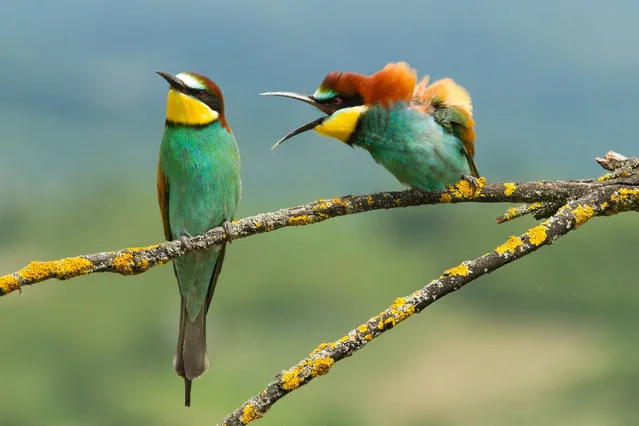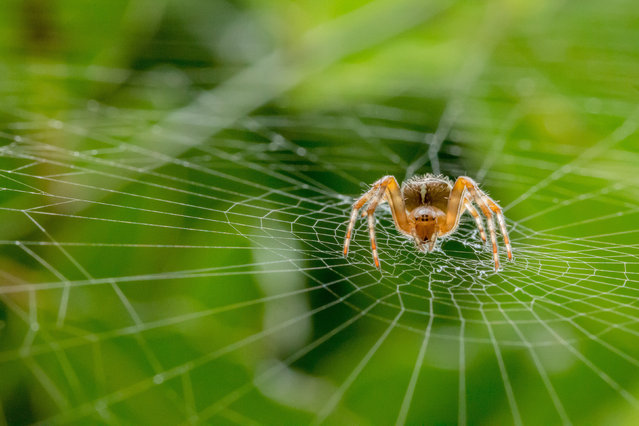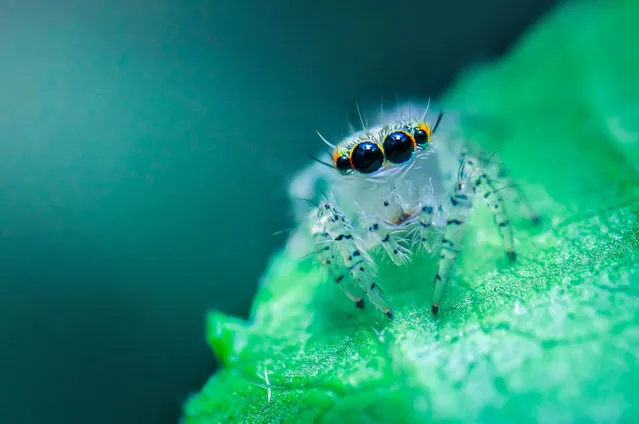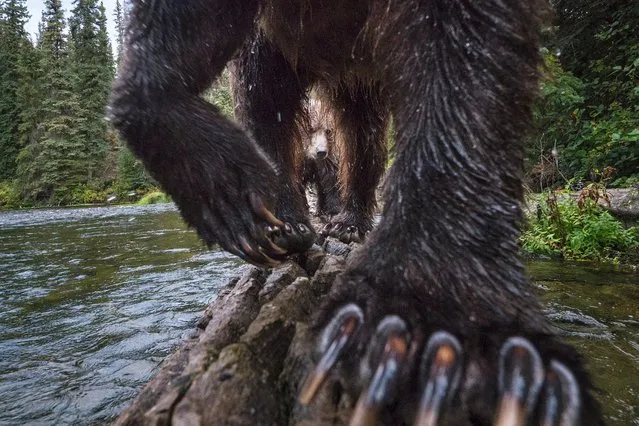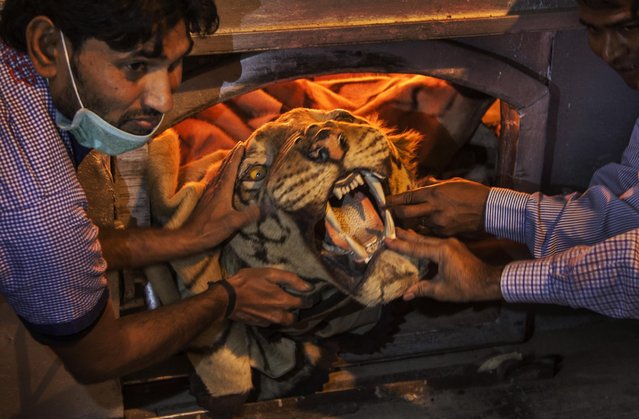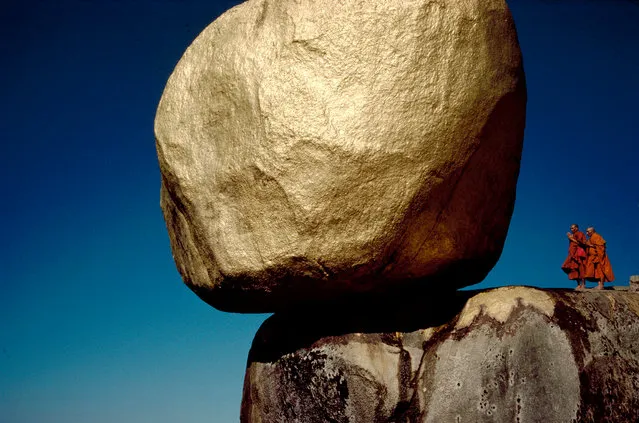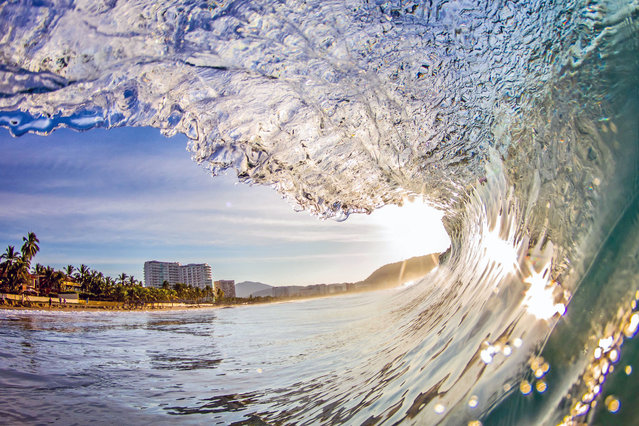
“One talented photographer has managed to capture these jaw-dropping images that show off the beauty of the surf and the art hidden in the waves. Kenji Croman has a deep passion for bodyboarding and photography and was inspired to combine the two after growing up in Hawaii”. – Caters News. (Photo by Kenji Croman/Caters News)
19 Sep 2014 09:56:00,post received
0 comments

